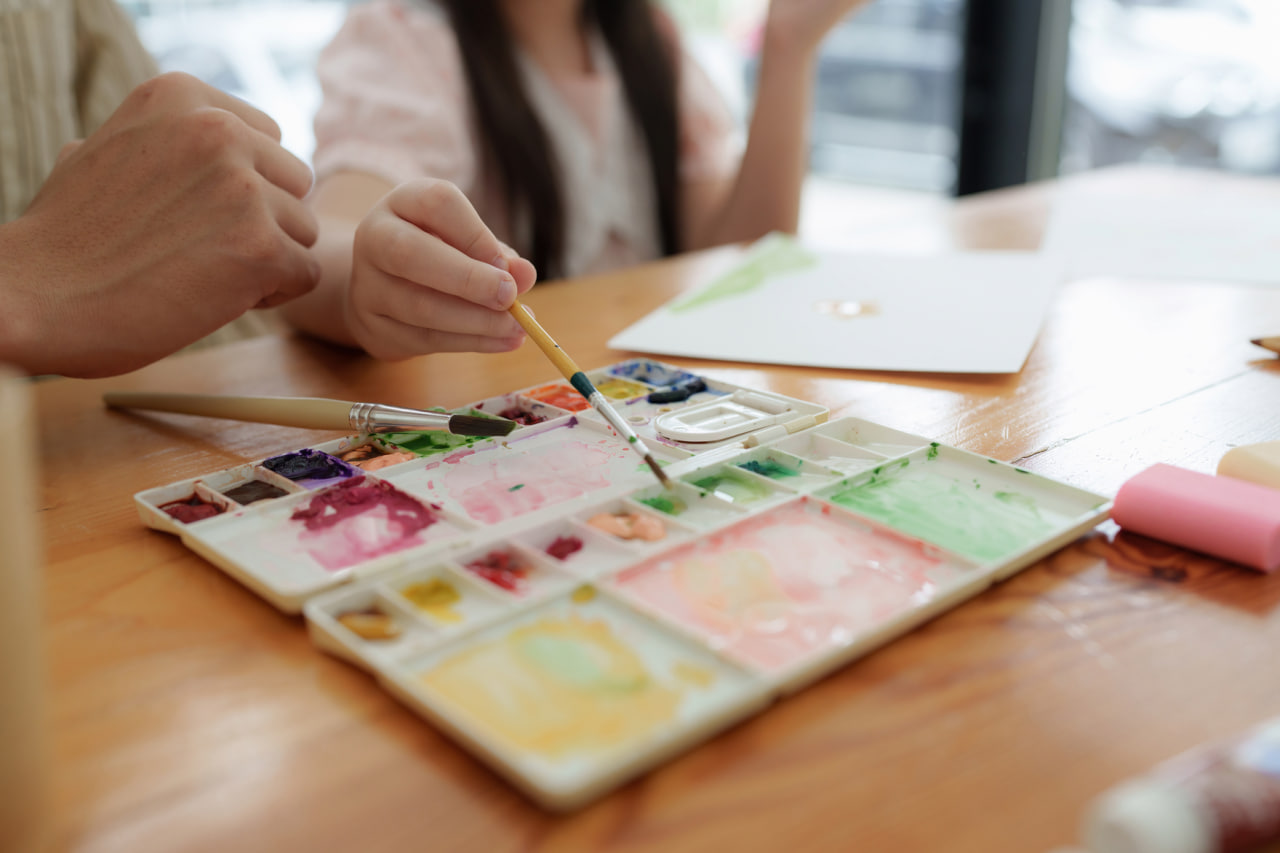Watercolor Basics: Essential Techniques for Beginners
Watercolor painting is a beautiful and expressive art form that allows artists to create vibrant, fluid works with a unique sense of lightness and transparency. For beginners, watercolor can feel both exciting and challenging. Understanding the fundamental techniques is essential to building confidence and developing your skills. In this blog, we will explore the essential watercolor techniques every beginner should know, helping you start your creative journey with a strong foundation.
Understanding Your Materials
Before diving into techniques, it’s important to get familiar with your materials. Watercolor paints come in tubes or pans, each offering different convenience and intensity. Tubes provide rich, concentrated color, while pans are portable and easy to use.
Choosing the right paper is crucial since watercolor behaves differently on various surfaces. Look for watercolor paper that is specifically designed to handle water without warping or tearing. Paper weight is usually measured in grams per square meter (gsm), with 300 gsm being a popular choice for beginners due to its thickness and absorbency.
Brushes come in various shapes and sizes, but a round brush with a good point is often the most versatile for beginners. Synthetic or natural hair brushes can be used, depending on your preference and budget.
Wet-on-Wet Technique
The wet-on-wet technique is one of the most popular and expressive watercolor methods. It involves applying wet paint onto a wet surface, allowing colors to blend and flow naturally. This technique creates soft edges, gradients, and beautiful color transitions that are difficult to achieve with other media.
To practice wet-on-wet, first wet your paper lightly with clean water using a brush or spray bottle. Then, apply watercolor paint to the damp area and watch the colors spread and mix. This method is excellent for painting skies, water, and soft backgrounds.
Wet-on-Dry Technique
Wet-on-dry is the opposite of wet-on-wet and involves painting wet color onto dry paper. This technique allows for more control and sharper edges, making it ideal for details and defined shapes.
Using wet-on-dry, you can layer colors by letting each layer dry before applying the next. This layering technique, known as glazing, helps build depth and complexity in your paintings without muddying the colors.
Dry Brush Technique
The dry brush technique uses a brush with very little water and paint, producing a rough, textured effect. It is useful for adding fine details, textures, and highlights. This technique mimics the look of scratchy lines or rough surfaces and is often used for painting grass, tree bark, or fabric textures.
To try dry brushing, load your brush with paint but remove most of the water by blotting it on a paper towel. Then, lightly drag the brush across the paper to create textured strokes.
Lifting and Blotting
Sometimes, mistakes happen or you want to create lighter areas in your painting. Lifting and blotting are techniques that allow you to remove or soften paint after it has been applied.
To lift paint, use a clean, damp brush or a piece of absorbent paper or sponge to gently blot the area you want to lighten. This technique works best when the paint is still wet but can also be done carefully on dry areas with less dramatic results.
Blotting can create interesting textures and highlights, especially in natural elements like clouds or water reflections.
Color Mixing and Layering
Mastering color mixing is key to achieving harmonious and vibrant paintings. Start by experimenting with primary colors (red, blue, and yellow) to create secondary and tertiary colors. Mixing colors on a palette before applying them to the paper helps maintain control over your hues.
Layering transparent washes allows you to build rich colors and subtle effects. Always wait for one layer to dry before adding the next to prevent unwanted blending and muddy colors.
Practice and Patience
Watercolor painting requires patience and practice. Unlike other media, watercolor is less forgiving and often behaves unpredictably. Embrace the flow and spontaneity while learning to control it through technique.
Start with simple exercises like creating gradients, practicing brush strokes, and experimenting with different water-to-paint ratios. Over time, your confidence and skill will grow, allowing you to create beautiful, expressive artworks.

